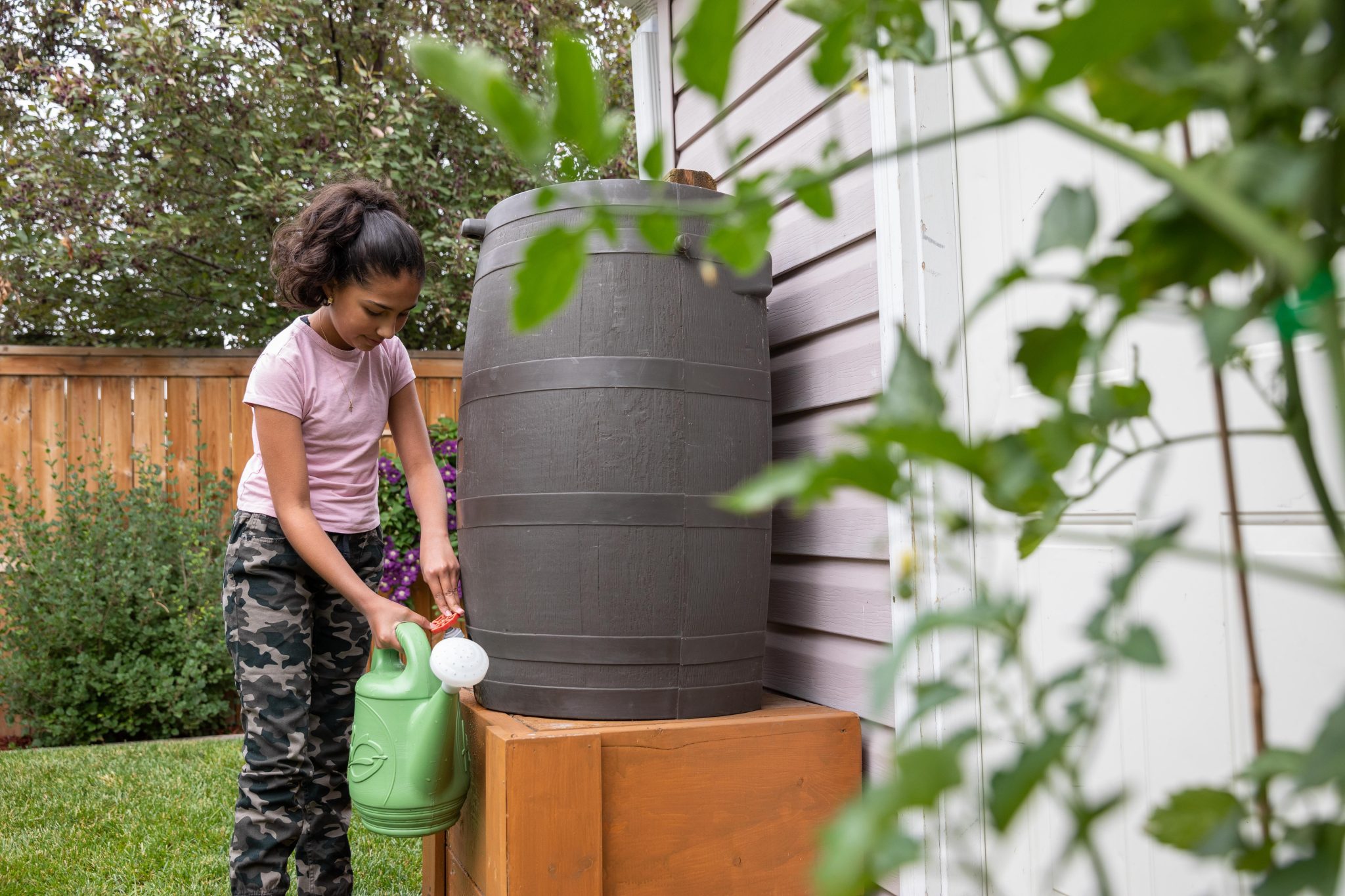Climate hazards: Drought
Calgary has safe, reliable drinking water today, but looking ahead our finite water supply faces pressure from stressors like climate change and population growth. Calgary already has a dry climate, and climate change is expected to lead to longer, hotter and drier summers, meaning drought conditions may become more common and widespread. In addition to impacts on our drinking water supply and local agriculture, droughts can cause:
- Negative health impacts to plants, wildlife, wetlands, forests, parks, open spaces, recreational facilities and private yards.
- Drying out of forests and grasslands, increasing the risk of wildfires, which impact both local air quality and even water quality.
- Increased pests and disease outbreaks (e.g. pine beetles) in trees and plants. Lack of water can stress trees, limiting their ability to react to these attacks.
We all have a part to play in using water wisely. Making water efficiency a way of life will help make drought less disruptive to our homes and businesses. Below are some actions that can help you to create a water efficient home and yard prepared for drought conditions.
-
Download the handout to prepare your home for drought
Drought vulnerability
Consider the following questions. The more questions you answer as yes, the more vulnerable your property may be to the impacts of drought.
| Question | Yes/No |
|---|---|
| Do you have trees, shrubs and flowerbeds that require large amounts of water? | |
| Does your property have a large lawned area? | |
|
Does your household use large quantities of water? (In Calgary, the average person uses about 7 cubic metres (m3) or 7,000 litres of water per month.) |
|
| Do you grow fruit, vegetables or herbs in your garden? | |
| Are cracks visible in your interior and external walls, around the corners of walls and windows? |
How to reduce drought impacts
To reduce drought impact to your property, create a water efficient YardSmart yard that is suited to Calgary’s climate and is more sustainable during drought conditions. Some of the most impactful actions include:
Do
- Choose drought tolerant annuals, perennials and grasses, and hardy trees and shrubs that thrive in Calgary.
- Add a base of at least 20 centimeters (eight inches) of good quality soil for a healthy garden or lawn that retains more water and therefore requires less watering. Add mulch around trees and shrubs to retain moisture and keep an even soil temperature.
- Capture and use free rainwater collected in a rain barrel(s) as a source of soft, warm water for your yard.
- Direct runoff from downspouts and other hard areas into the landscaped areas of your property, such as rain gardens.
- Water when it’s coolest - early in the morning or later in the evening.
- Watch the forecast and skip watering when it has rained or is forecast to rain.
- Use a soaker hose, drip irrigation or water by hand, rather than sprinkling your yard.
- Use a soaker hose, watering can or drip irrigation for your garden.
- Do not mow your lawn too short. Keep it 5 to 7 cm (2 to 3 inches) high to shade the soil.
- Sweep your sidewalk and driveway rather than washing with water.

Visit Calgary.ca/Drought for more information about conserving water at your home and business, watering restrictions in Calgary, and what The City is doing to make every drop count.
Our Homeowner Water Guide has useful information about:
- Water services in the City
- Where our drinking water comes from
- Programs, tips and tools we offer for creating a water-efficient home and yard
Translated handouts
Disclaimer: The content of the Climate Ready Home Guide is for informational purposes only and cannot be construed as technical advice with respect to any particular building(s) or construction project(s). The Climate Ready Home Guide does not recommend or endorse specific products or companies. All products and measures should be installed by a professional contractor, according to manufacturer specifications and following all City Bylaws and codes.

